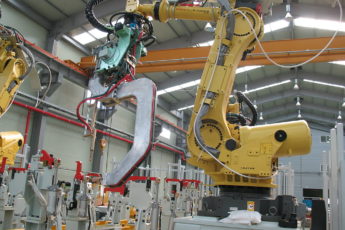Over the last several months I have given you profiles on the MTM Board of Directors, Board Finance and Marketing Committees and staff. It is easy to overlook another integral part of the MTM team, and that is our outside actuary. First let me describe how the outside actuary comes into play in the insurance world. Once a year, as required by state insurance law, all insurance companies must get an outside opinion of its financial condition, specifically evaluations of losses and the adequacy of loss reserves to pay all claims. MTM management, each month and quarter, evaluates our claims cost. In insurance, different than most of our members’ production process, it can take years for us to know the final cost of our product. That is, a workers’ comp claim happens today, and we could be paying on that claim, if it was a disability claim, for months and years. Therefore, the cost of our claims becomes complicated by using estimates on what we know about the claim today, and what we will likely learn about our claims in the future.
While management does this monthly/quarterly review, each year at 12/31 we use an outside actuary to validate or change our estimates. For the last 16 years our outside actuary has been Cecilia LePere. A little bit of background on Cecilia. She graduated from Bloomsburg State University, with a Bachelor’s degree in Mathematics and followed that by getting her Master’s degree in Mathematics from Penn State. She passed her actuarial exams in 1986. She is a Senior Vice President at Casualty Actuarial Consultants, Inc. of Brentwood, Tennessee and has been there for 24 years.
Every 12/31, Cecilia takes all management reports and trending estimates from prior years, to come up with her own evaluation of loss costs as of 12/31. Near the end of January, Chris Doebler, MTM CFO and I meet with Cecilia to review her findings. At the completion of this review, we have an official number to publish to the regulators at the State of Michigan Insurance Department. With this number, we then are able to go to the MTM Board of Directors in February to declare how the year finally gets booked and what member dividend is possible.
For the last three years we have had great news for our members. You may recall that in March of 2015, the Board declared a $2.5 million member dividend. A year later in March of 2016, the Board increased the dividend to $3.5 million, and in March of 2017, the Board of Directors declared another $3.5 million dividend.

To get an early look of each year, we also ask Cecilia to complete a midyear 6/30 abbreviated review. This does not give us a firm number, but does provide information on how the year will likely end. This is helpful to the management team in Board meetings held in August and October, and is also for reporting to our members at the Annual Members meeting in October.
That is the Insurance 101 lesson for the month and shows another side of the MTM business. Cecilia is an important part of our process, and I can report that Chris Doebler and I enjoy working with Cecilia in having a debate about assumptions that go into making the final calculation. The net result to our members is that we have a financially stable company that gets high independent rating agency marks and also allows us to return profits to our members.

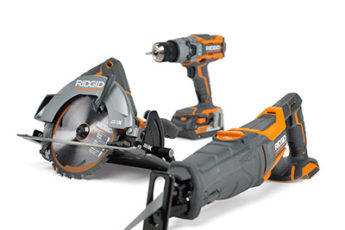
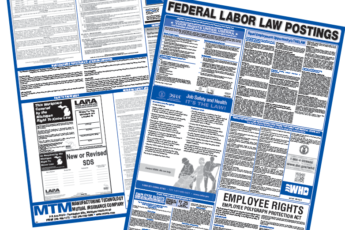

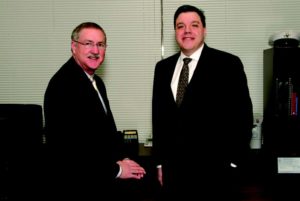


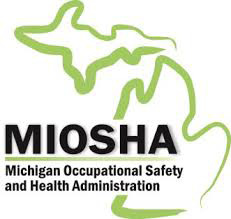


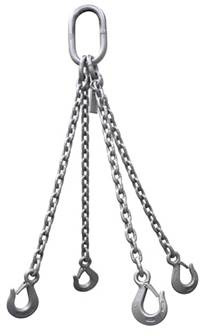
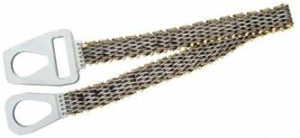 Will the angle of the rigging devise take away any of the cranes capacity?
Will the angle of the rigging devise take away any of the cranes capacity?






